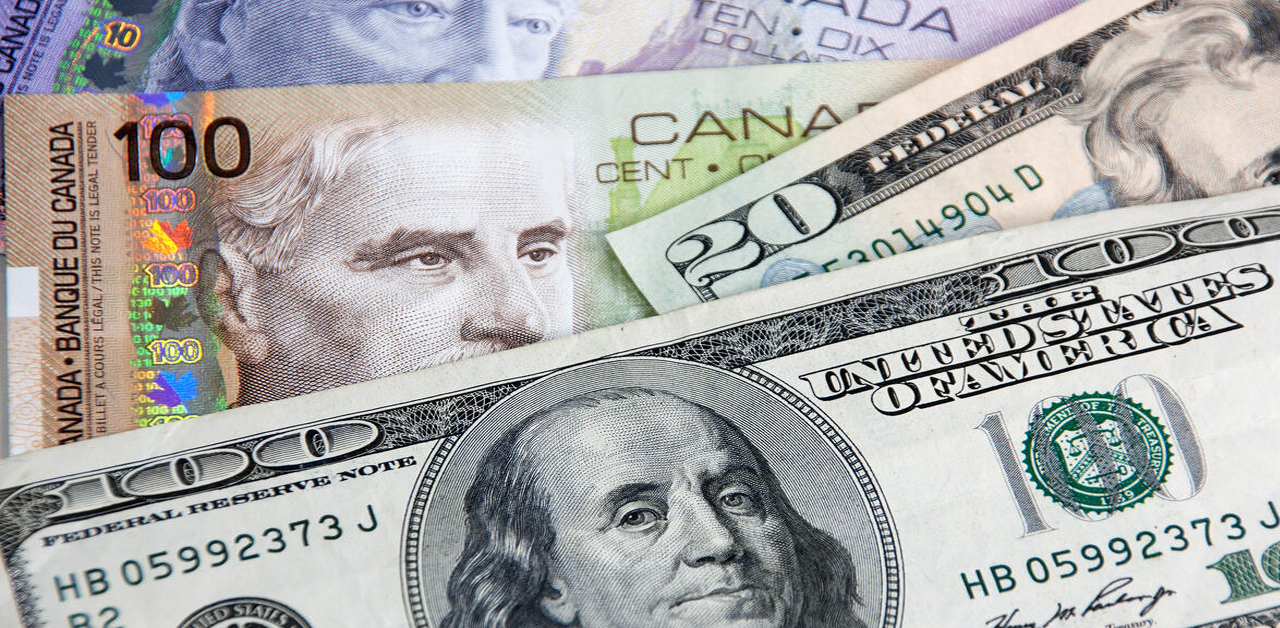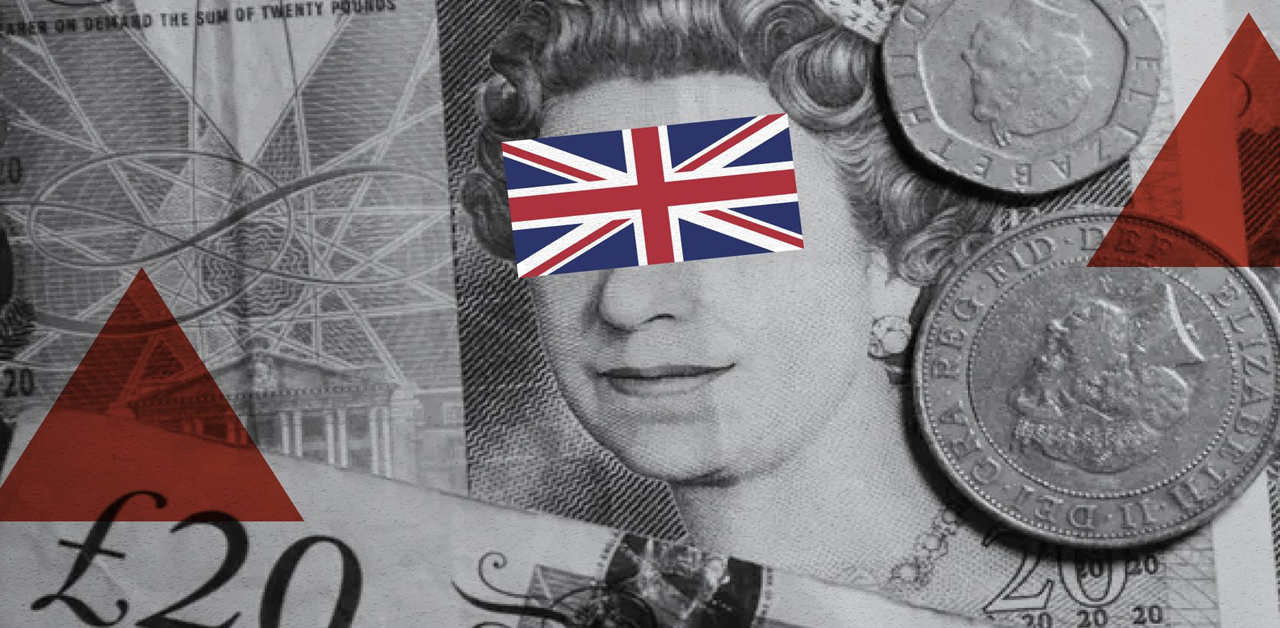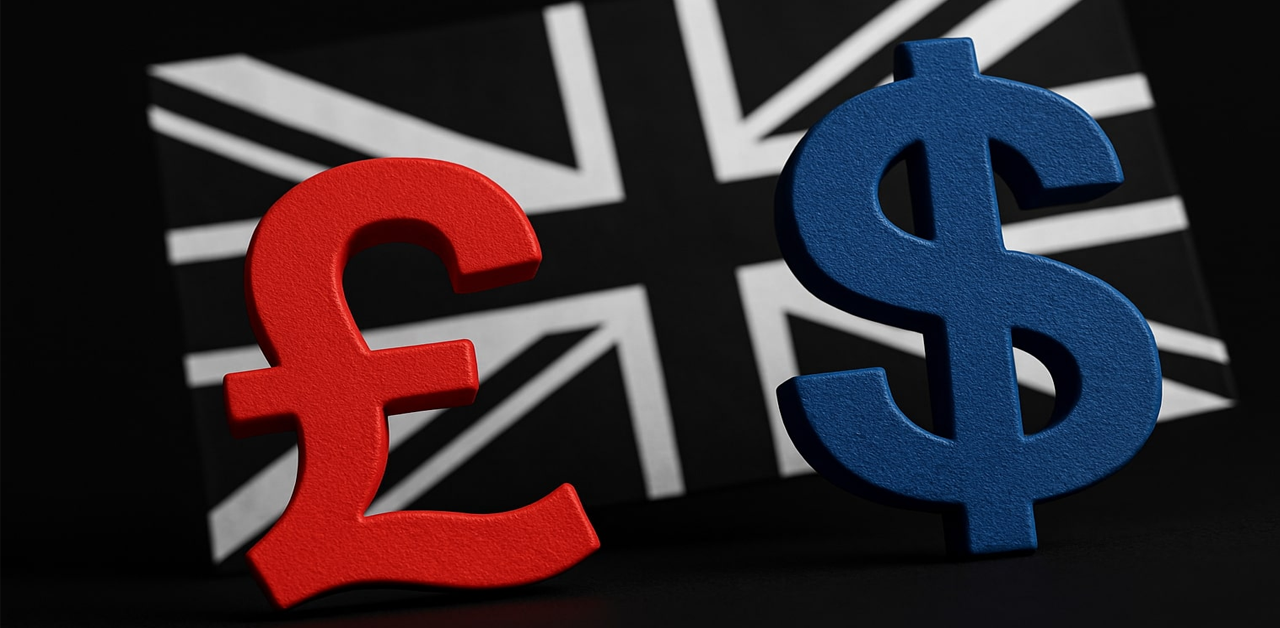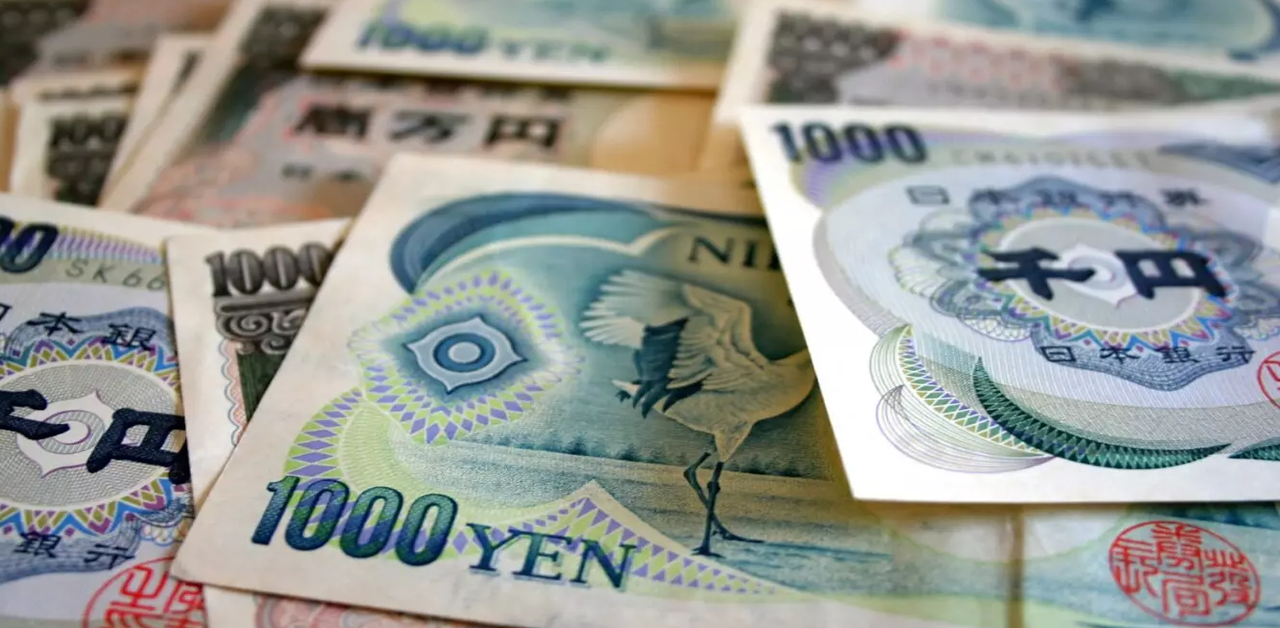25-Year Yen Weakness Crisis Hits Tokyo Hard
Currency traders expecting a rebound in the yen should be cautious and consider insights from experienced policy veterans rather than solely relying on current officials. Over the past year, the yen has hit thirty-year lows, with key Japanese officials attributing this decline to the policies of the Federal Reserve and the resultant Japan-US yield gap. However, experts like Hiroshi Watanabe, a former vice minister of finance, argue that even with potential interventions, significant appreciation of the yen is unlikely.
Tokyo’s long-standing weak-yen strategy is showing signs of backfiring, exacerbating challenges for Asia’s second-largest economy. The depreciation has been severe, with the yen’s fall in real terms outpacing most major currencies since the end of 2019, only trailing the Egyptian pound.
Economist Robin Brooks notes that this substantial depreciation has sparked discussions about its underlying causes and future trajectory. Japan’s high debt levels have forced the central bank to maintain low long-term government bond yields through extensive bond buying, indirectly influencing the yen’s value.
This approach highlights the dangers of unchecked debt, as maintaining low yields translates into currency depreciation. With the shift of Hiroshi Watanabe to a think tank role, he openly critiques the viability of the yen as a safe-haven asset and casts doubt on the effectiveness of potential finance ministry interventions.
The yen’s weakness is further compounded by its heavy reliance as a strategy since the late 1990s, which took on new life under Prime Minister Shinzo Abe in 2012. Abe’s economic revival plan involved aggressive monetary easing, innovative fiscal policies, and deregulatory measures. However, significant structural reforms were largely absent, and Japan’s debt continued to rise.
This focus on maintaining low interest rates and a weak yen gained momentum when Haruhiko Kuroda became the Bank of Japan governor in 2013, leading to extensive quantitative easing. However, as the Federal Reserve began tightening in 2022 and 2023, the yen’s vulnerability has increased, particularly affecting Japan’s ability to manage rising import prices.
The ongoing depreciation of the yen is not just a result of U.S.-Japan interest rate differentials but also reflects a broader lack of confidence in the currency. This year alone, the yen has fallen by over 13%, and there are concerns that other nations, like China, might see benefits in a weaker currency approach.
Economists like Atsushi Takeda and Goushi Kataoka highlight the impacts of imported inflation and cost-push pressures, which are prompting businesses to raise prices, further straining Japan’s economic landscape. Meanwhile, market strategist Shinichiro Kadota suggests that as long as the rate differentials remain significant, yen depreciation could continue due to carry trades.
As Japan faces economic contraction and struggles with a plummeting approval rating for its current leadership, the challenges of reversing the yen’s decline are daunting. With global economic dynamics and trade politics at play, Japan’s weak-yen policy remains a critical issue to watch.












